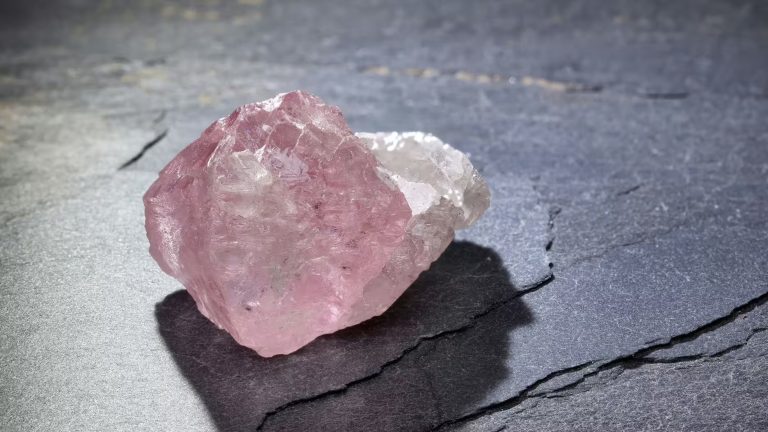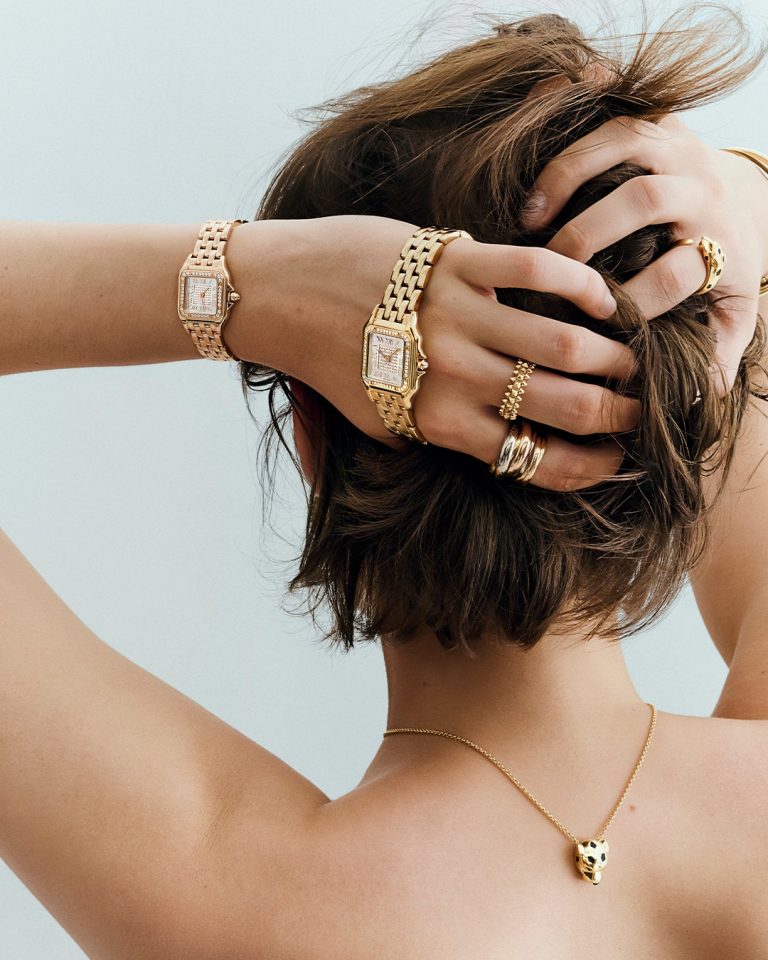The second month of the year drapes the world in a violet embrace, illuminated by the regal glow of February’s birthstone—Amethyst, the gemstone of wisdom, protection, and mystery.
For centuries, this captivating quartz has enchanted hearts, from ancient priests who revered it as sacred to modern collectors drawn to its hypnotic hue. Once as prized as rubies and emeralds, Amethyst has graced the crowns of royalty, the fingers of mystics, and the altars of spiritual seekers.
Join us as we step into its shimmering world, tracing Amethyst’s journey through history, royalty, and modern elegance.
Geological Discovery and Composition
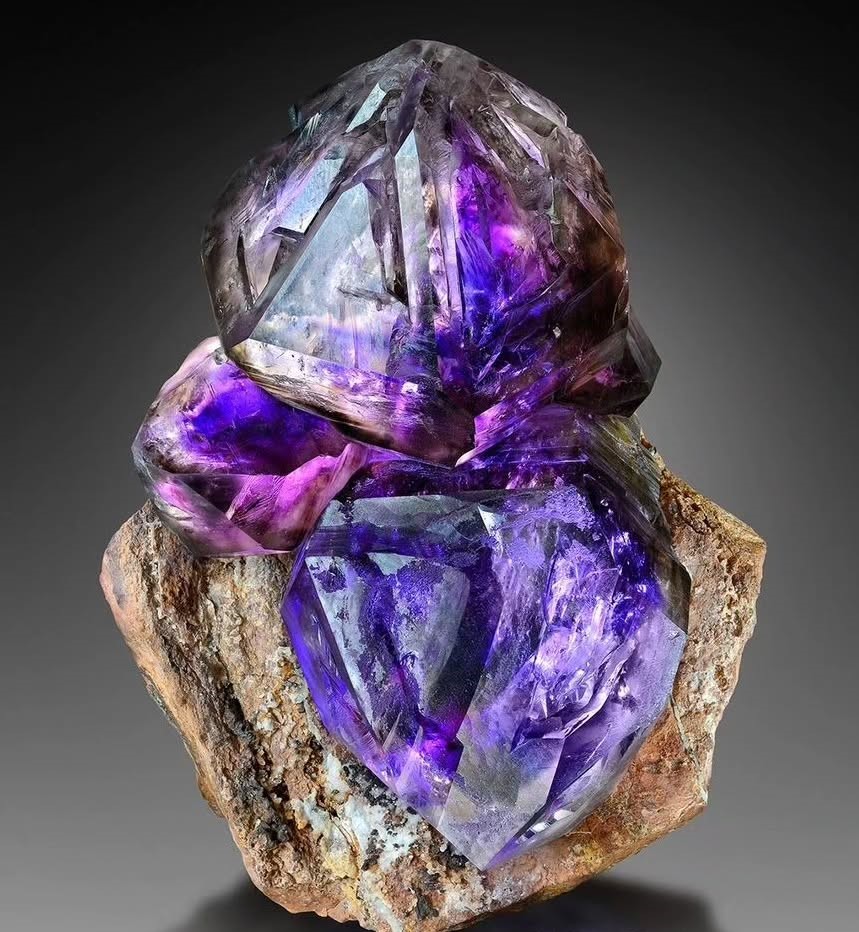
Let’s embark on a journey to the depths of the earth, where time and pressure weave their alchemy, sculpting treasures within the heart of geodes. Amethyst, a luminous member of the quartz family, owes its breathtaking hues to traces of iron and natural radiation, creating a spectrum that ranges from delicate lilac to the deepest royal purple.
Unlike citrine, which often emerges through heat transformation, amethyst forms naturally, its shades subtly shifting with environmental influences. The most prized specimens radiate an intense violet glow, often kissed by flashes of red and blue—colors that whisper of twilight skies and celestial wonders.
Amethyst’s deposits are scattered across the globe, from the vast landscapes of Brazil and Uruguay to the rugged terrains of Siberia and Zambia. Some of the finest stones hail from Russia’s Ural Mountains, where deep, velvety purples once adorned the collections of the tsars. Even today, these breathtaking crystals lie hidden within volcanic rock formations, waiting for the light to awaken their brilliance.
The Mystical and Regal Allure of February Birthstone Amethyst
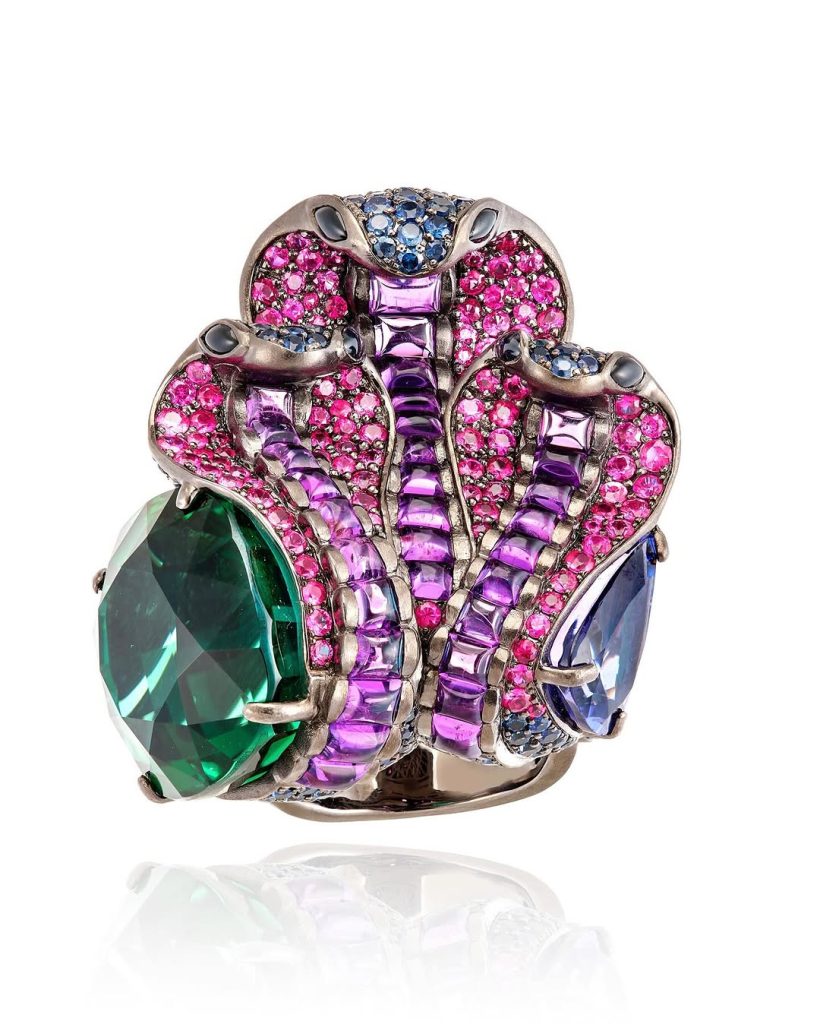
History is rich with tales of amethyst’s enchanted reputation. The ancient Greeks believed the stone could ward off drunkenness, a notion so deeply ingrained that even its name, derived from the Greek amethystos, means “not intoxicated.” According to legend, Dionysus, the god of wine, in a fit of wrath, turned a maiden into quartz, only for his spilled wine to stain the crystal—giving birth to amethyst’s divine hue.
Beyond mythology, royalty and clergy alike revered the gem. The Catholic Church enshrined it as a symbol of purity and wisdom, fashioning rings for bishops and popes from its violet depths. Catherine the Great of Russia was so enamored with amethyst that she demanded only the finest stones be sourced for her personal collection. Queen Mary of England also possessed an exquisite amethyst parure, now a treasured heirloom within the British royal collection.
Even today, amethyst’s regal allure endures. Queen Silvia of Sweden has been seen wearing the grand Swedish Amethyst Tiara and parure set, a dazzling suite once belonging to Empress Joséphine of France. Each gem in this historic collection whispers of a past steeped in grandeur, passed down through generations of royalty.

Spiritual Meaning and Symbolism
Beyond its captivating beauty, amethyst has long been revered as a talisman of the mind and spirit. It is said to calm the restless, ignite creativity, and serve as a shield against negative energy. In ancient Egypt, artisans carved amulets from the stone, believing it offered protection in both this life and the next. Likewise, Tibetan monks have treasured amethyst for centuries, incorporating it into prayer beads to aid meditation and deepen spiritual awareness.
Even today, the February birthstone remains a favorite among those who seek balance and tranquility. Some claim it heightens intuition, while others believe it fosters mental clarity, dissolving confusion and bringing a deep sense of peace. A gemstone that soothes the soul while dazzling the eye—it’s no wonder amethyst continues to hold an almost mystical allure.
Why Amethyst is Highly Sought After

Of all gemstones, amethyst holds a unique place in the world of collectors, jewelers, and spiritual seekers alike. Its versatility, affordability, and breathtaking beauty make it a staple in jewelry collections across the globe. Specifically, unlike some precious stones that are unattainable for many, amethyst offers the luxurious appeal of royal jewels at an accessible price, making it a favorite for both seasoned collectors and first-time buyers.
Furthermore, in addition to its visual charm, amethyst, the February birthstone, is associated with spiritual well-being and emotional balance, enhancing its desirability. Many believe that wearing amethyst brings a sense of calm and mental clarity, making it popular in meditation and wellness practices. Consequently, this connection to inner peace adds another layer of appeal beyond its physical beauty.
Moreover, its adaptability to various settings—be it grand, vintage-inspired tiaras or modern, minimalist rings—further cements its status as a gemstone that never goes out of style. Indeed, from classic to contemporary designs, amethyst complements a wide range of aesthetics.
Finally, beyond aesthetics and affordability, amethyst is highly sought after for its rarity in deeper, more saturated hues. Collectors prize stones with rich purple tones, often accented by flashes of red or blue, making high-quality specimens a true treasure in the gemstone world. Thus, while beautiful amethysts are readily available, the truly exceptional pieces command attention and admiration, solidifying amethyst’s place as a gem of enduring value and allure.
Modern Showcases
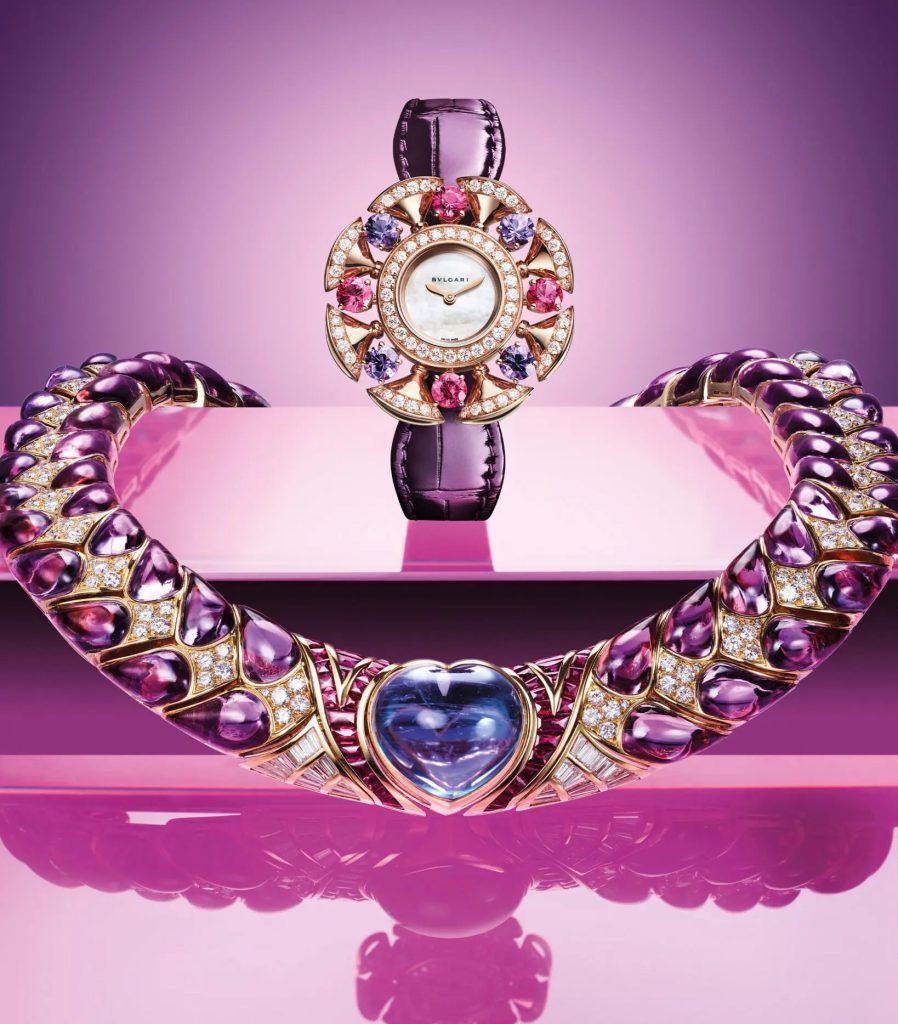
February birthstone Amethyst’s legacy is far from confined to history books and ancient lore. In the world of high jewelry, designers continue to celebrate its luminous charm. For instance, Cartier, ever a master of refined elegance, has paired amethyst with diamonds and pink sapphires, notably in its iconic Tutti Frutti collection and, more recently, in its Étourdissant high jewelry collection, crafting pieces that exude both regal sophistication and playful vibrancy. This demonstrates the gem’s ability to complement a variety of precious stones.
Similarly, Tiffany & Co. has long honored February birthstone Amethyst’s legacy, incorporating it into Art Deco brooches, delicate cocktail rings, and even their famed Schlumberger designs. The jeweler’s bold use of the stone proves that while February birthstone Amethyst may carry centuries of history, it remains as fresh and enchanting as ever. Indeed, Tiffany’s creations showcase amethyst’s adaptability to diverse artistic styles.
Furthermore, Bvlgari, too, embraces the dramatic beauty of this stone, weaving it into opulent designs that pay homage to its Roman heritage. Their 2023 updated Diva’s Dream collection has featured amethyst in a striking combination with diamonds and pink tourmaline, demonstrating its versatility across eras and styles. Thus, Bvlgari highlights amethyst’s inherent drama and its capacity to enhance contemporary designs.
In addition to these renowned houses, contemporary artisans have also embraced this alluring stone, crafting minimalist pieces that highlight the stone’s natural beauty. Usually set in yellow gold for warmth or platinum for a cool, ethereal glow, February birthstone amethyst remains a gemstone that effortlessly bridges the past and the present. Ultimately, from grand, historic designs to sleek, modern creations, amethyst continues to captivate and inspire, solidifying its place as a timeless gem.
Final Thoughts On February Birthstone Amethyst

From the depths of the earth to the crowns of empresses, February birthstone amethyst is a gemstone woven with legend, royalty, and timeless beauty. Truly, this gemstone is more than just a symbol of the month—it is a treasure of history, spirituality, and modern sophistication. As I look at the countless designs it continues to inspire, one thing is certain: this gemstone’s violet glow will never fade.
Featured image: Tiffany & Co.

Lydia Oladejo is a creative writer with over seven years of experience writing intriguing stories and engaging content. As a Staff Writer at Sewelo, she explores the artistry and history of high jewelry, blending her expertise in storytelling with a passion for luxury design.


